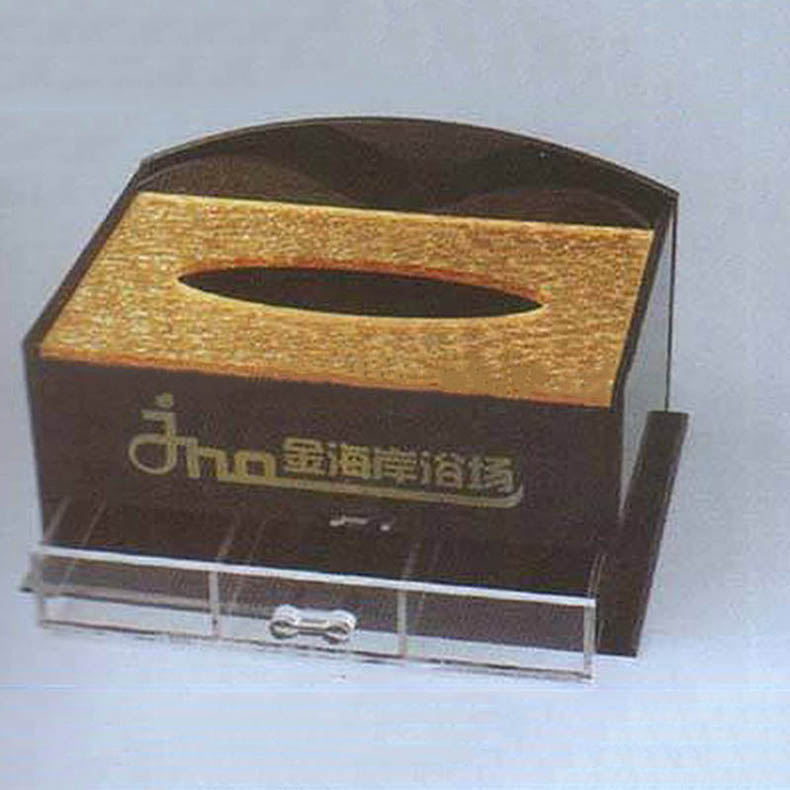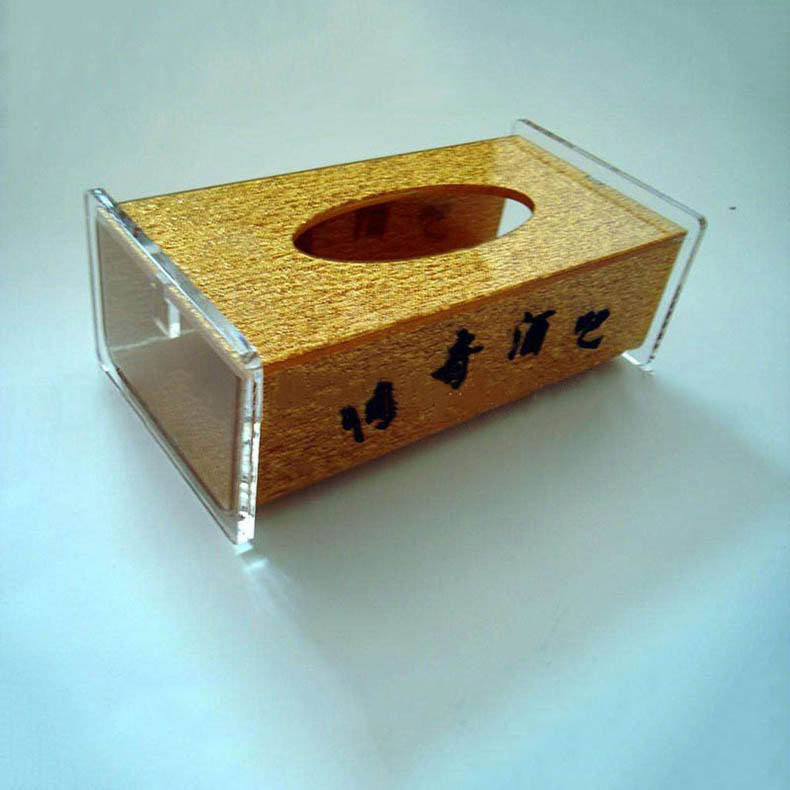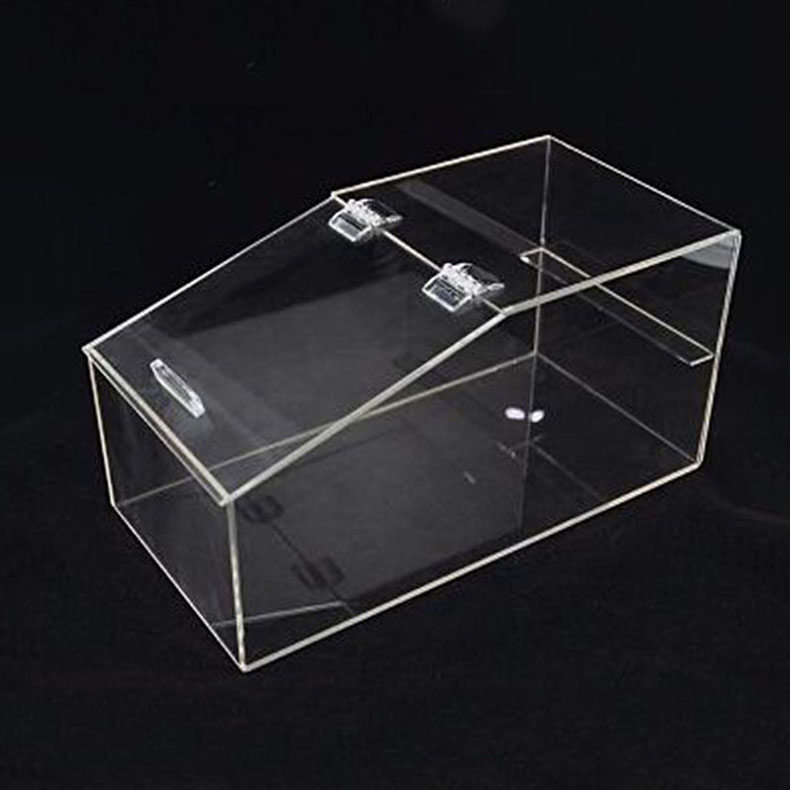Modern wall clocks operate through a combination of mechanical, quartz, or atomic mechanisms, each employing advanced technology to keep accurate time. Let's delve into how these different types of modern wall clocks function:
1. Quartz Wall Clocks:
Quartz wall clocks are the most common and affordable type of modern wall clocks. They utilize a quartz crystal oscillator regulated by an electronic circuit. Here's how they work:
- Quartz Crystal Oscillator: Inside the clock movement, there is a small quartz crystal. When an electric current is applied to the crystal through the battery, it vibrates at a precise frequency (usually 32,768 times per second).
- Frequency Divider: The vibrations of the quartz crystal are converted into electrical pulses that are then sent through a frequency divider circuit. This circuit reduces the high frequency to one pulse per second.
- Motor and Gears: The one pulse per second signal is then used to drive a small electric motor, which in turn moves the clock's hands. The motor's gears reduce the speed of the electrical pulses to drive the clock's hands at the correct rate—usually 60 seconds per minute.
- Battery Power: Quartz wall clocks typically run on batteries, which power the movement and keep the quartz crystal oscillating. These clocks are known for their accuracy and require minimal maintenance, with the battery needing replacement every few years.
2. Atomic Wall Clocks:
Atomic wall clocks are the most accurate type of clock available to consumers, relying on radio signals from atomic clocks operated by various national physics laboratories. Here's how they function:
- Radio-Controlled Receiver: Atomic wall clocks are equipped with a radio-controlled receiver that can pick up signals from atomic clocks via radio waves. These signals transmit the exact time information, including date and time zone adjustments.
- Automatic Synchronization: The radio-controlled receiver automatically synchronizes with the atomic clock signals, ensuring that the wall clock displays the precise time. This synchronization occurs multiple times a day to maintain accuracy.
- Quartz Movement: Like standard quartz clocks, atomic wall clocks also use quartz crystal oscillators to keep time. However, they continuously adjust themselves to the atomic clock signals, ensuring unparalleled accuracy.
- Power Source: Atomic wall clocks usually run on batteries, similar to quartz clocks. The power is primarily used to run the clock's movement and radio receiver.
3. Mechanical Wall Clocks:
Although less common in modern times, some wall clocks still use mechanical movements driven by weights or springs. Here's how they operate:
- Weights or Springs: Mechanical wall clocks use either weights or springs as the energy source. In weight-driven clocks, the weights slowly descend, powering the clock's movement. In spring-driven clocks, the tension stored in the mainspring drives the movement.
- Escapement Mechanism: Mechanical clocks include an escapement mechanism that regulates the release of energy from the weights or springs. This mechanism divides the energy into regular, measurable parts, driving the clock's gears and hands.
- Gears and Pendulum: The energy from the weights or springs is transmitted through a series of gears. In some mechanical clocks, a pendulum regulates the movement, swinging back and forth at a precise rate to ensure accurate timekeeping.
- Manual Winding: Mechanical clocks require regular winding to maintain power. This can be done by winding a key (for spring-driven clocks) or pulling up weights (for weight-driven clocks).
In summary, modern wall clocks operate through advanced technology, whether it's the precise oscillation of quartz crystals, synchronization with atomic clock signals, or the mechanical interplay of gears and weights. Each type of clock offers unique features and benefits, catering to different preferences for accuracy, style, and maintenance requirements.








